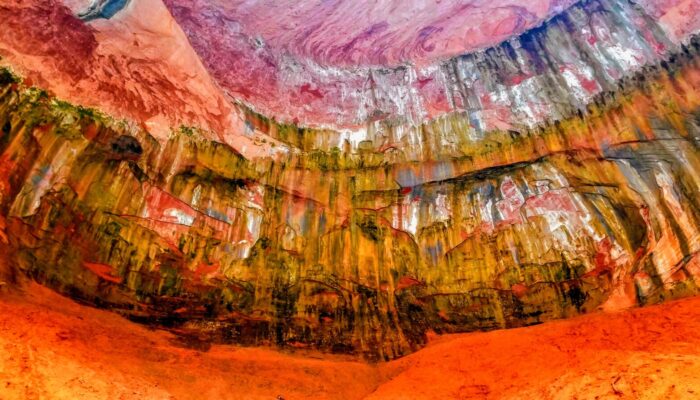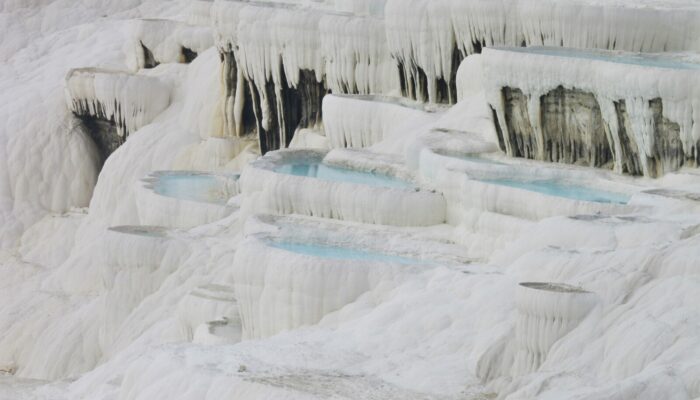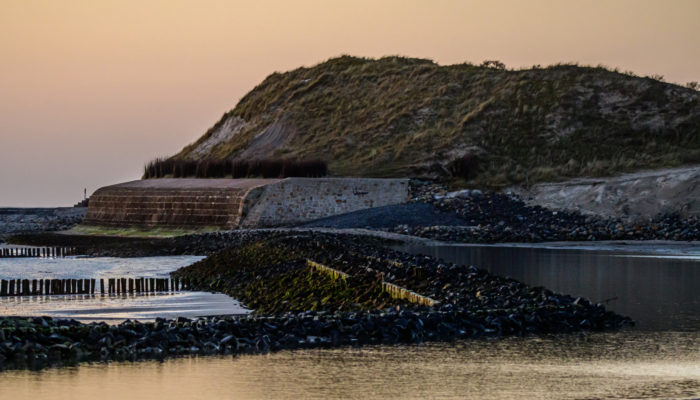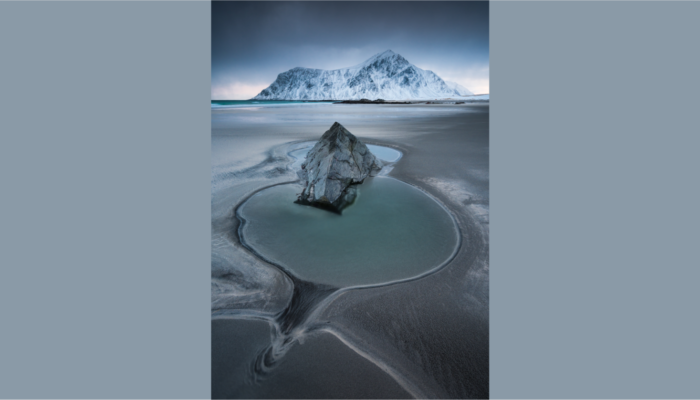The image shows an incredible blend of colors in a natural cave in Kolob Canyons near Zion National Park, Utah. Formed by the oxidation of minerals lining the walls of the cave and snow melt, the sight feels like a natural inspiration for impressionist painting. This well-hidden gem is a lesser known treasure at the end of a hike in a lesser frequented part of the region near the more-famous Zion ...[Read More]
Imaggeo On Monday: Nature’s impressionist painting




